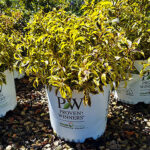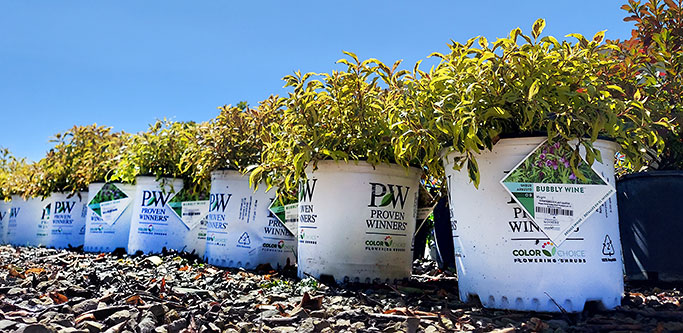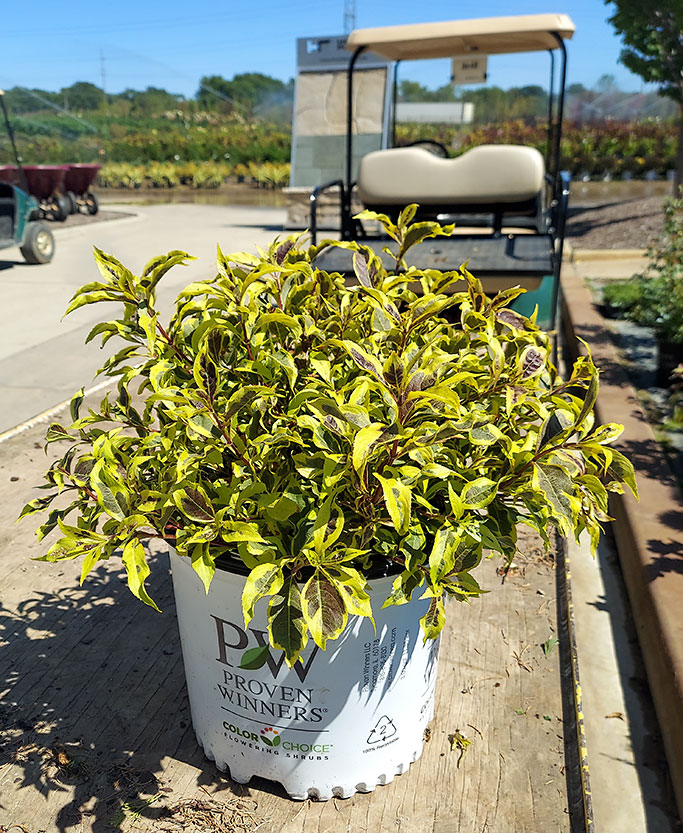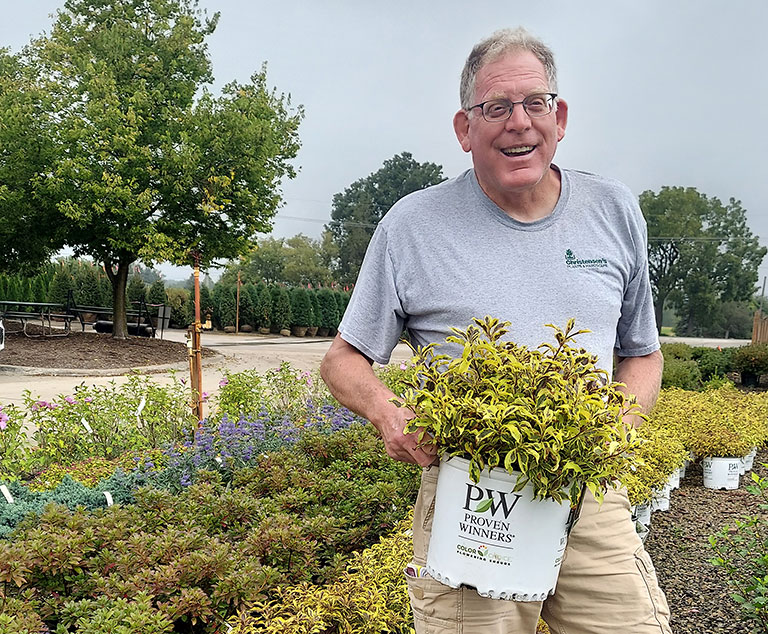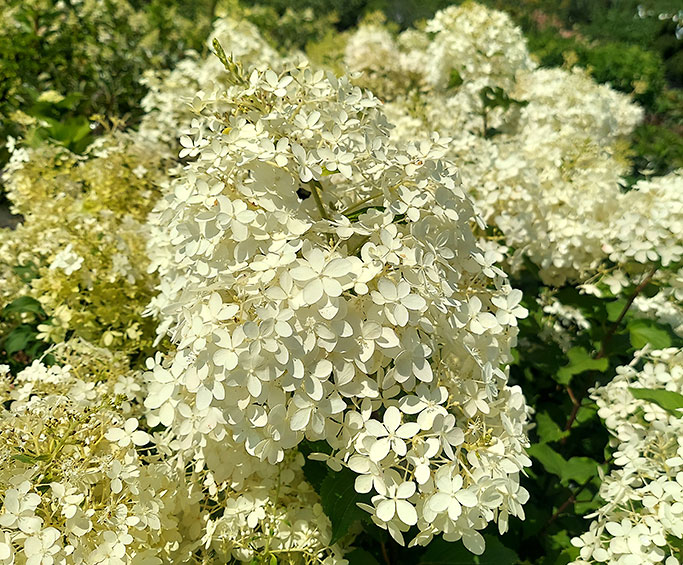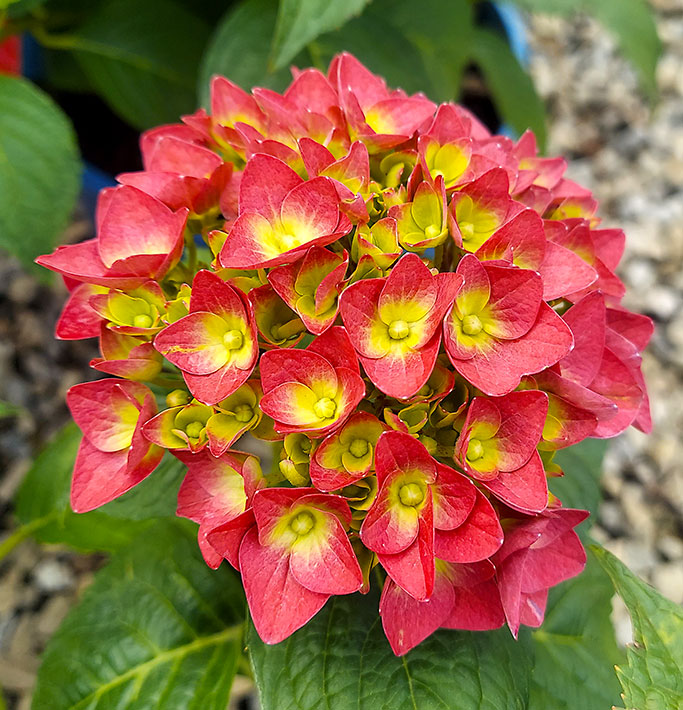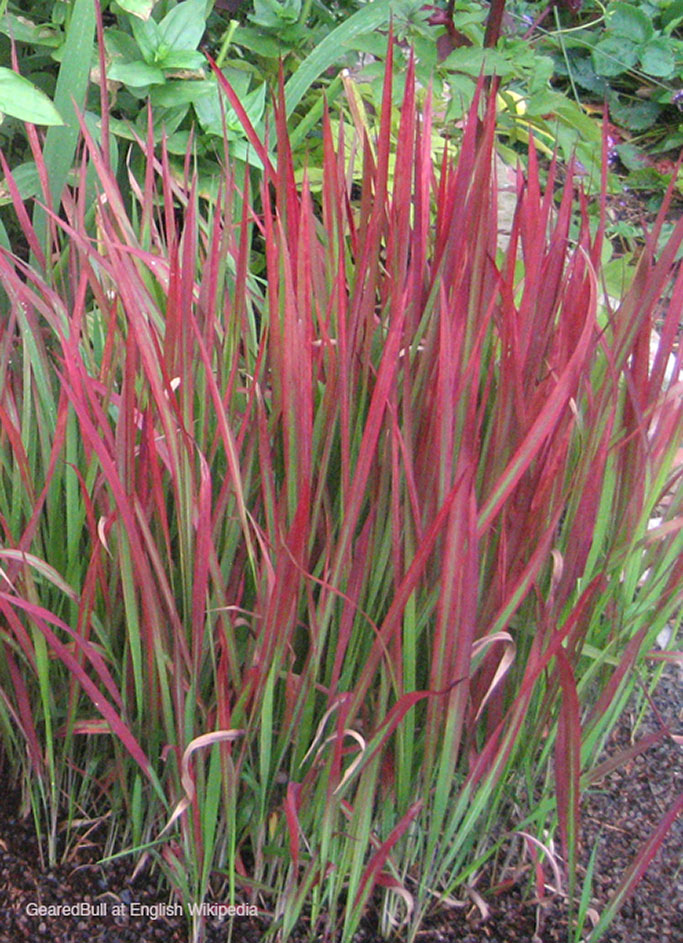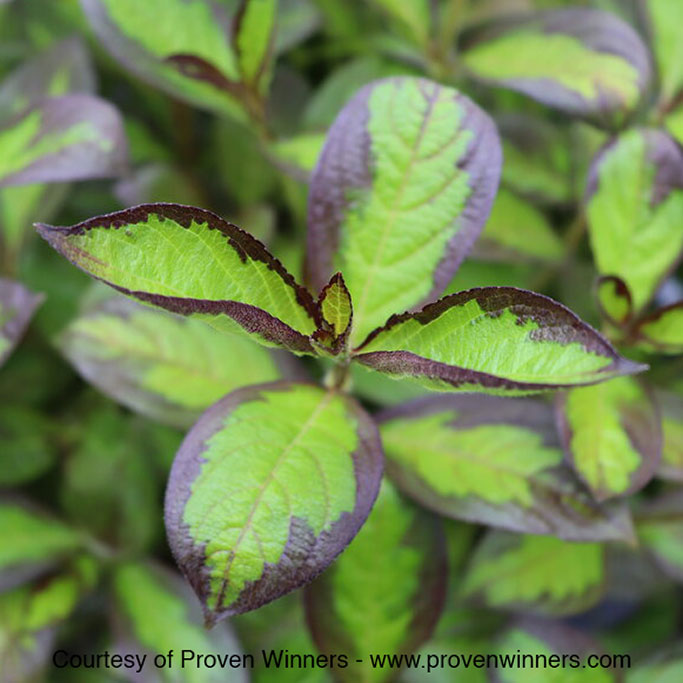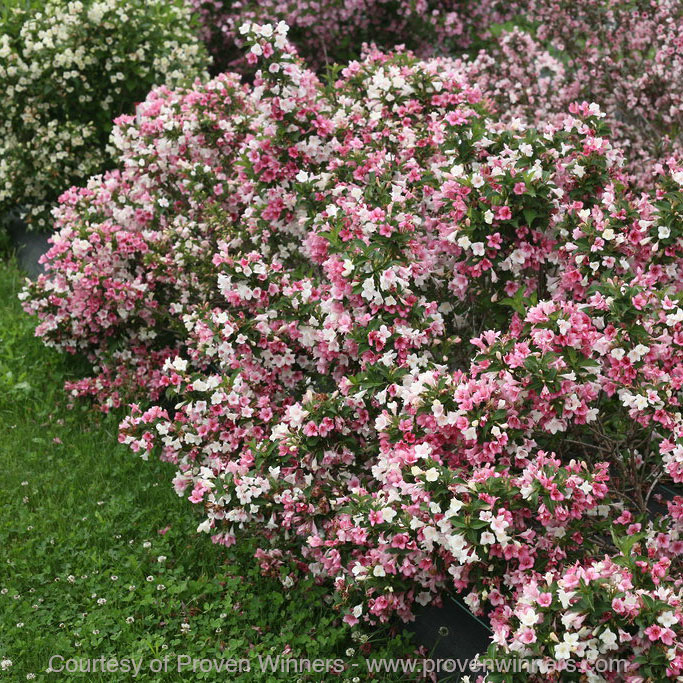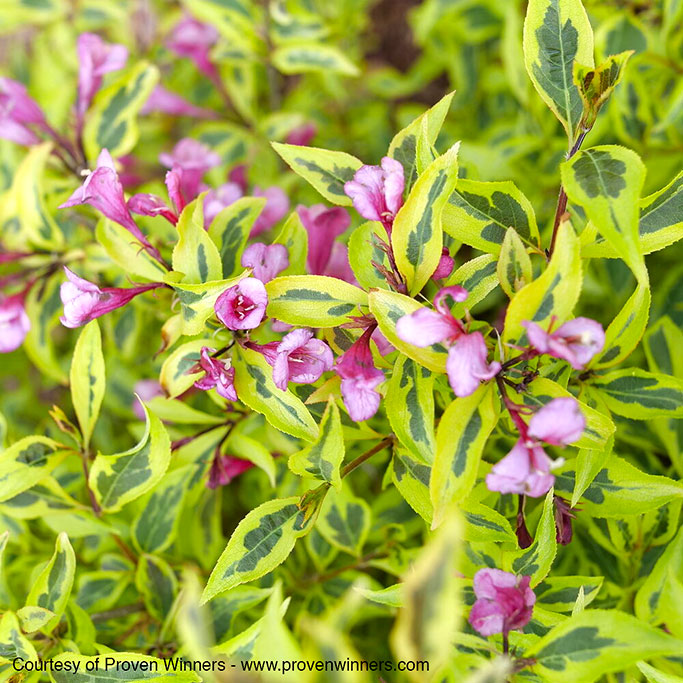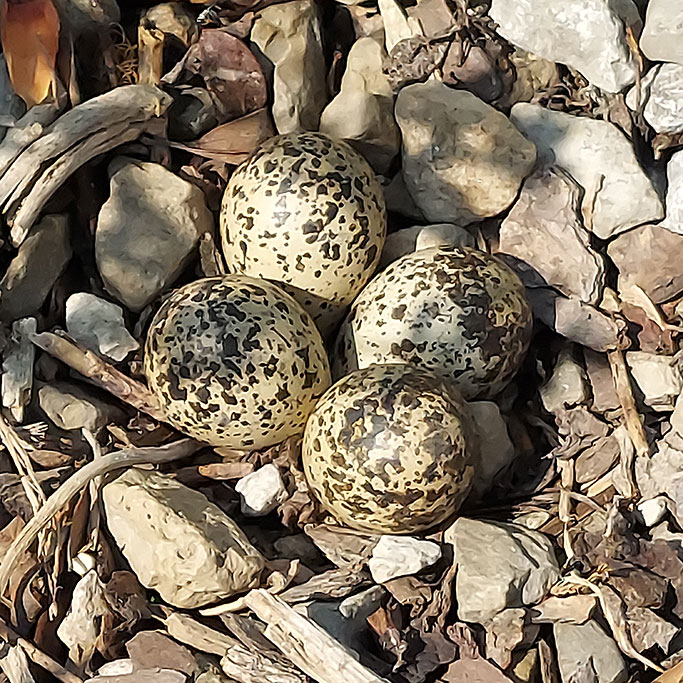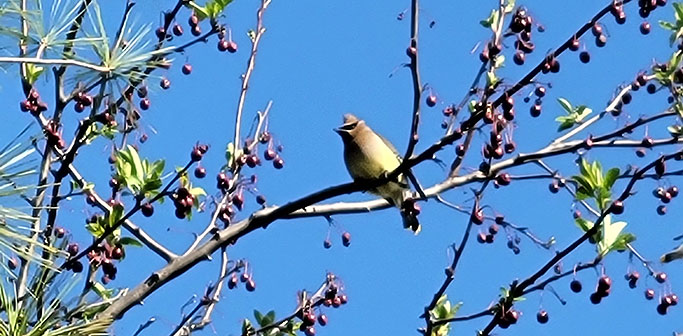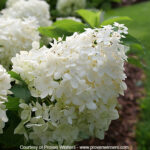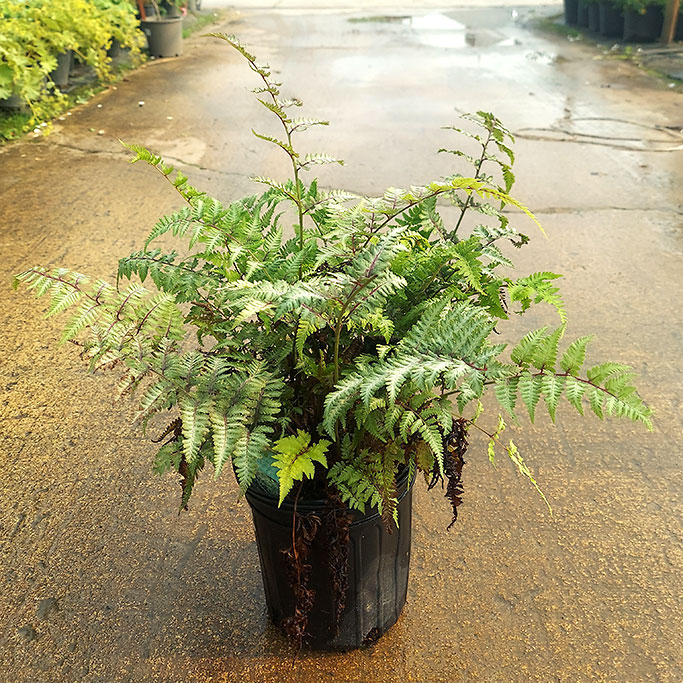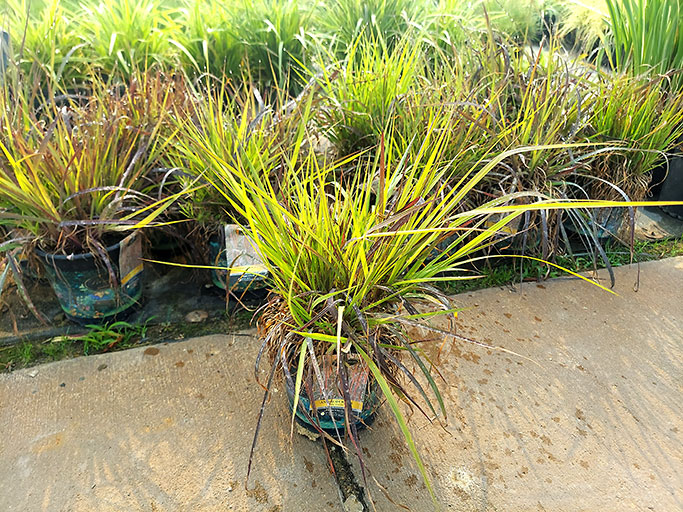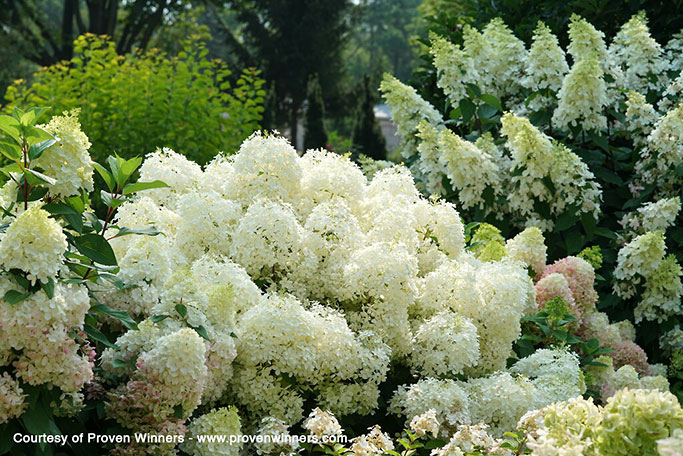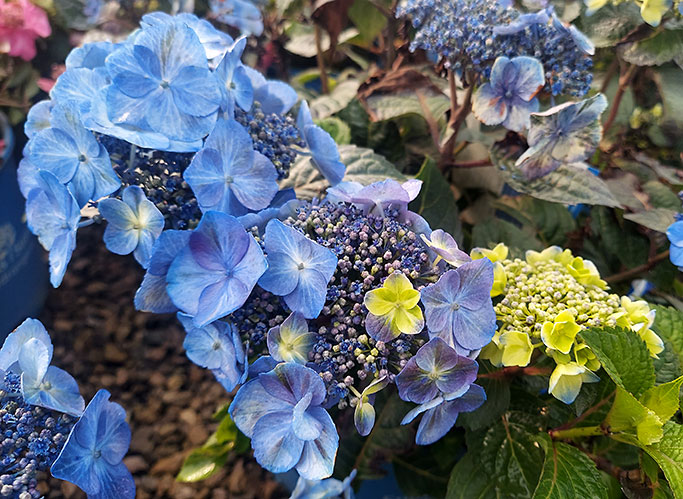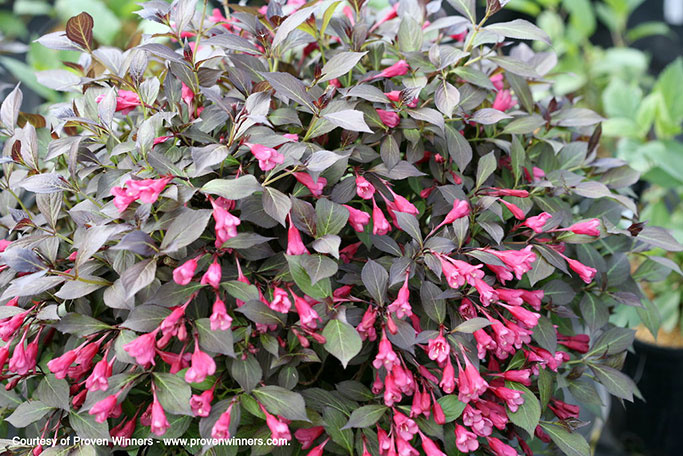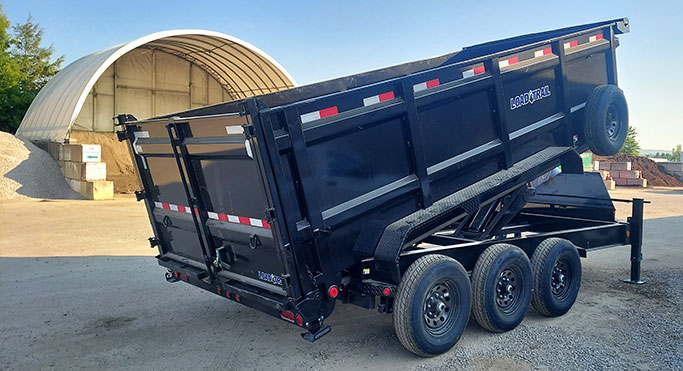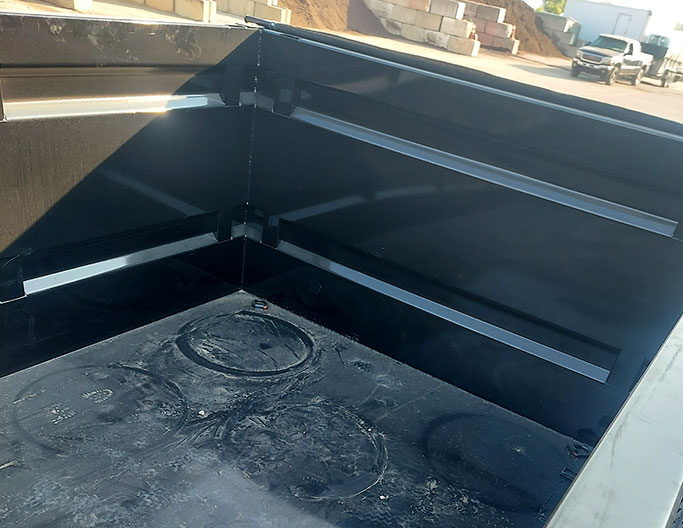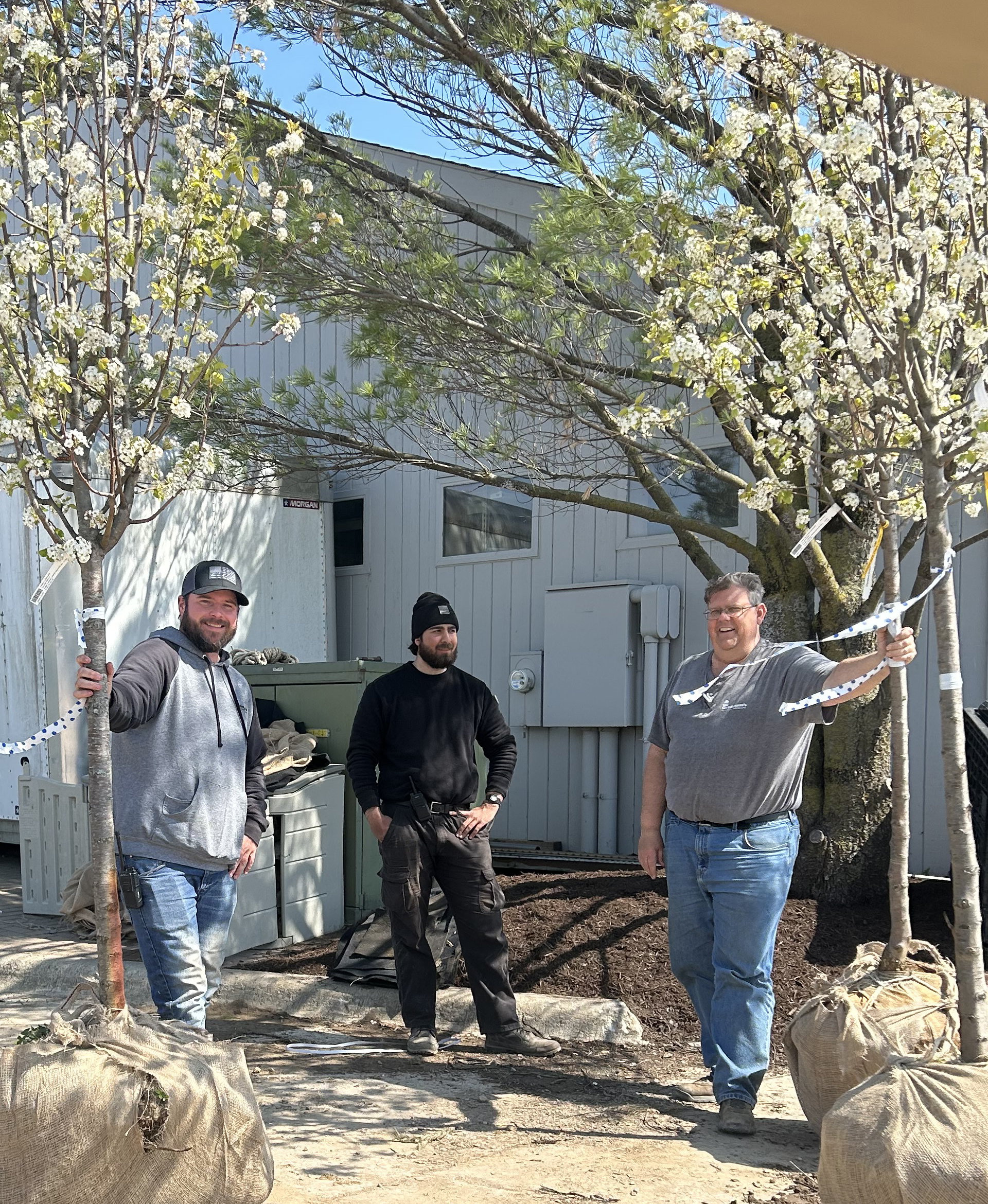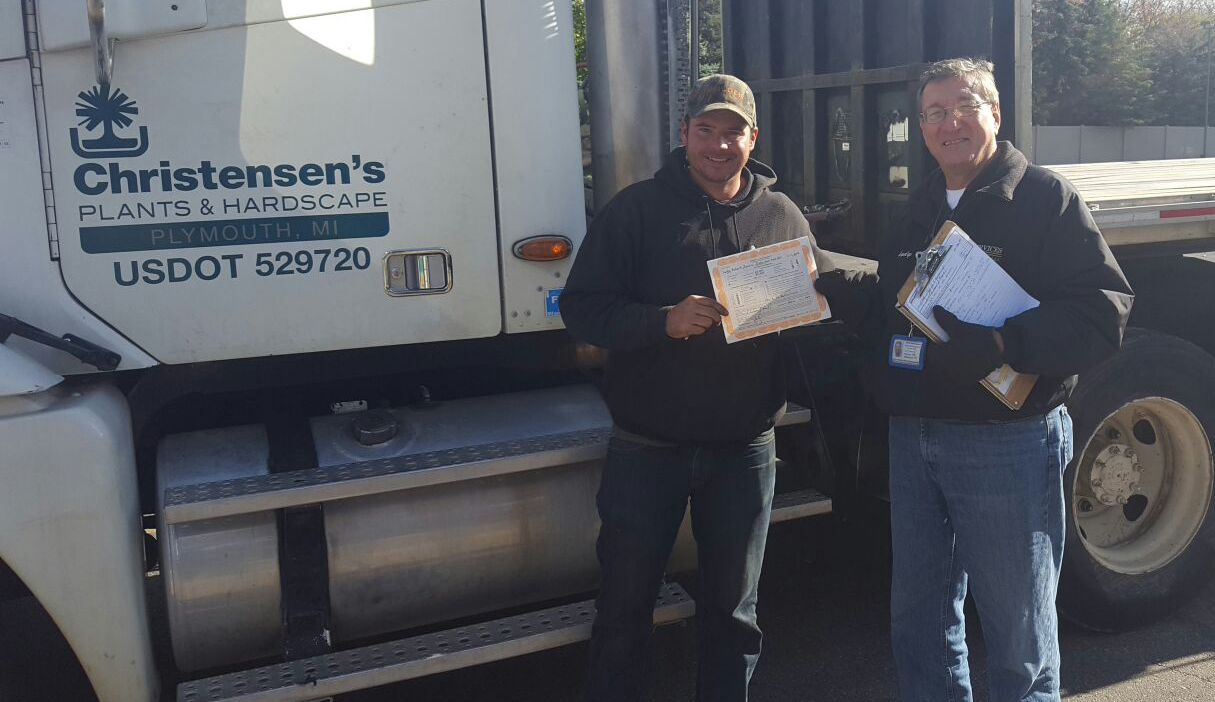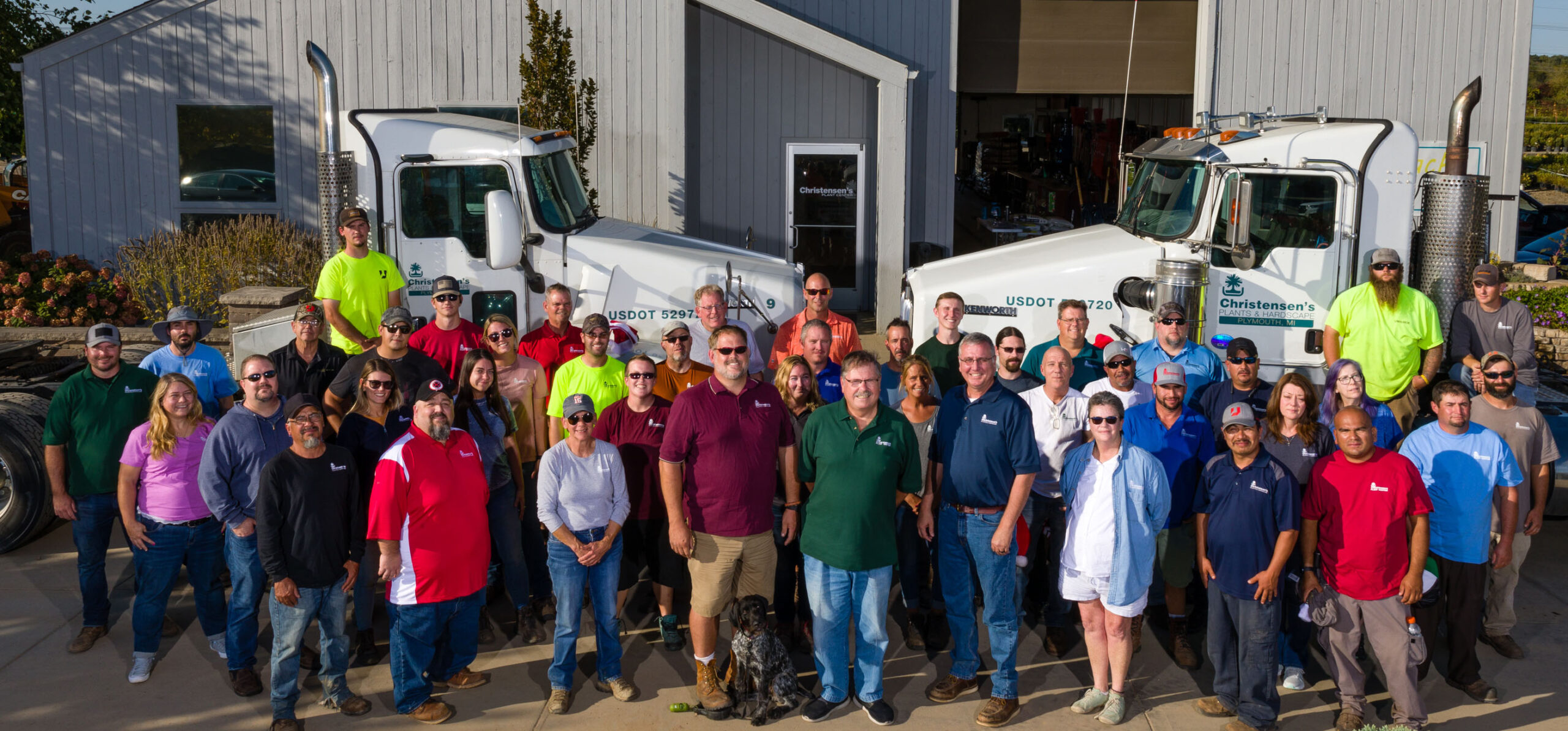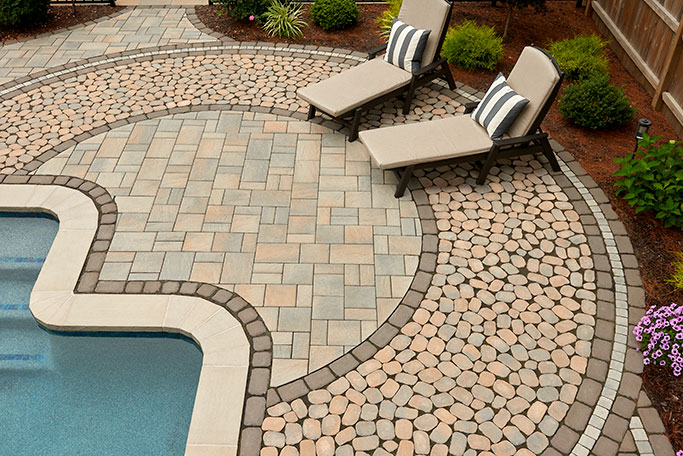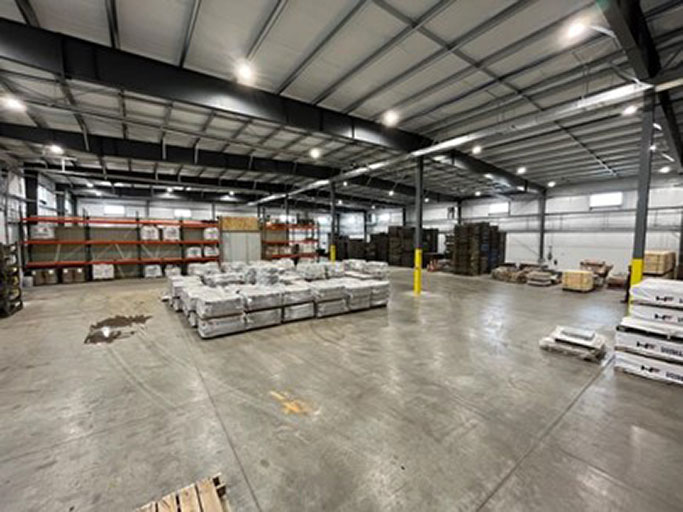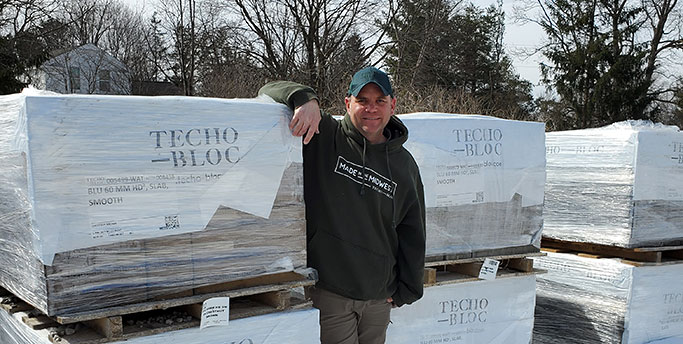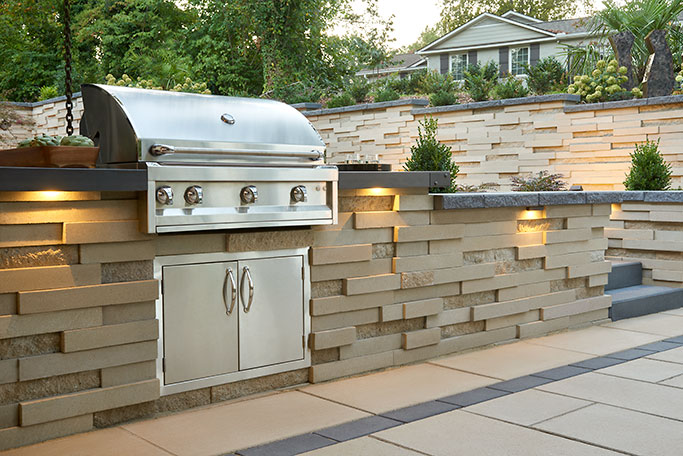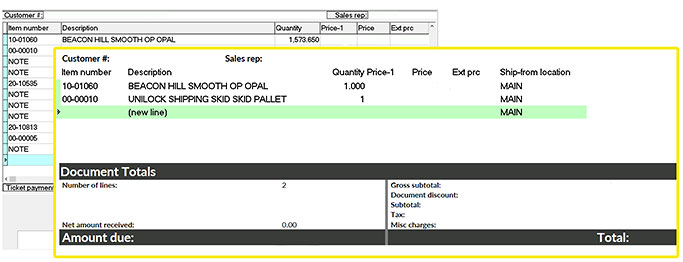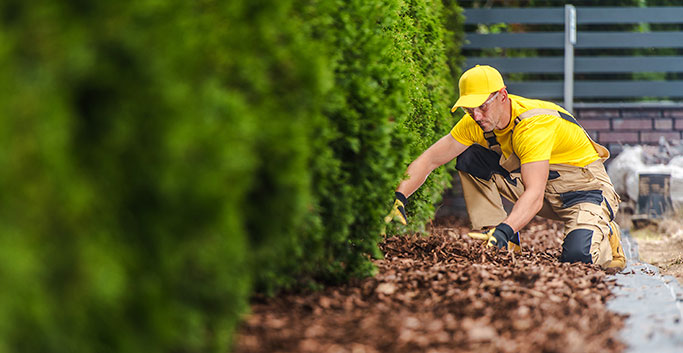As many of you have already noticed there has been a slight change at the Plant Center counter this year. After many years of dedicated service and taking with him an impeccable reputation, Jimmy decided to retire. Not seeing Jimmy when you first walked in may have come as a shock, but I do hope to fill his shoes and provide the same level of service as he did.
A little bit about me:
My name is David (yes, one of the many that work here – we currently have 5 ‘Daves’), and have been with Christensen’s for almost 10 years now. I started on the receiving crew and was quickly moved up to Crew Leader. After that, I made a brief stop in Hardscape yard operations. A few years ago, I was moved into Sales at the Plant Center (and began writing for Sticks & Stones!). For the past few years, I took a liking to the Counter and tried to learn as much from Jimmy as I could. I was lucky enough to be asked if I wanted to take over the position and jumped at the chance. Which brings us to this year.
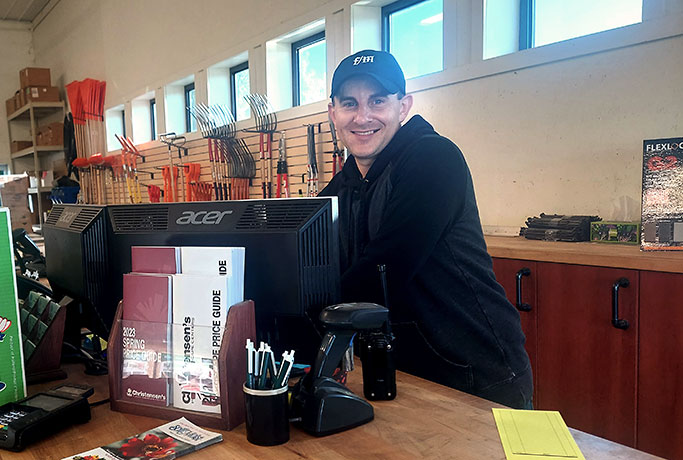
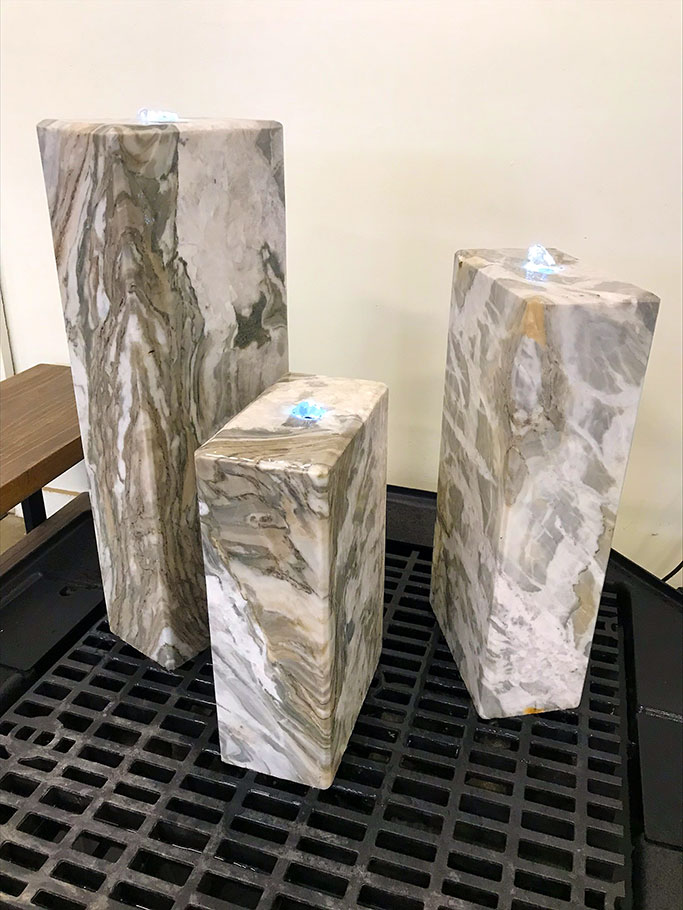
It has been a learning experience with some of the products we carry in the store, knowing what products we need to keep stocked and what products we can bring in if needed. I am eager to hear of anything you may like to see us stock. Also, if there are any items we don't keep on hand, feel free to ask and we can see if it’s something we can bring in as a special order. One item many people tend to notice when they come in is our two Easy Pro Tranquil Decor Fountain Kits (in both 3 Tier Basalt and 3 Tier Rosemount). While both of these items can be ordered (and only take a few days to come in from Easy Pro), they also offer a large variety of different Kits to fit your customers needs. We have Product Catalogs available upon request if needed as well.
Again, I am extremely open to any suggestions you may have as far as things you’d like to see brought into the store. Whether that be tools, fertilizer, or whatever you may like to see. I am here to better serve you.


